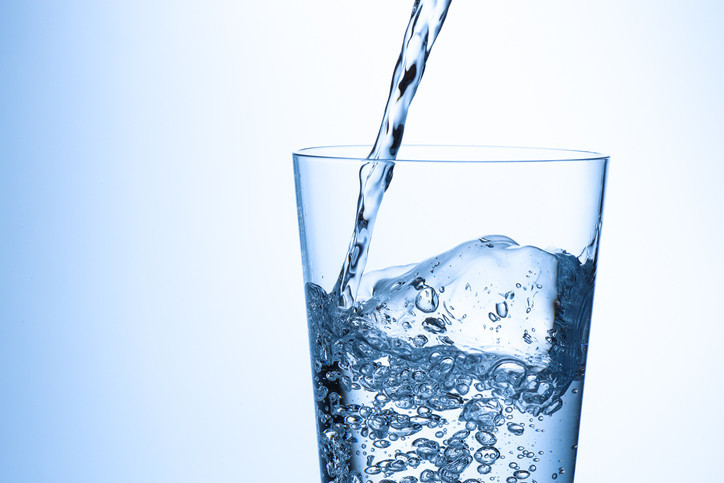- Wells need to be checked along with the submersible/booster pump each year for wear, leaks, contamination.
- Well caps that are correctly sealed and vented prevent contamination from entering the well.
- Back-siphonage and backpressure (the reverse of normal flow of water) can be prevented by using air gaps, vacuum breakers, backpressure and backflow devices between the well and potential source of pollution/contamination. These need to be checked and maintained frequently.
- Piping from the well to the home needs to be checked periodically for corrosion (water tests can help with this), leaks arriving at the soil surface, and protection from freezing.
- Irrigation systems backflow protection devices, leaks, and plugging with biological growth, need to be checked each spring and fall along with any booster pumps used.
- Any pressure tanks to save on pump wear along with the pressure switch, and gauge need to be checked for correct pressures to match the submersible or booster pump(s) needs.
- Hot water tanks collect minerals and should be flushed along with vacuum removal of these heavy minerals each year. Checking the elements for corrosion is very helpful and improves its efficiency.
- Treatment systems such as water softeners, reverse osmosis, carbon, and sand filter systems need to be checked monthly, cleaned yearly; filters replaced according to manufacturers instructions.
- Faucet aerators should be replaced each year and more frequently if water system repairs may have released sediment into the system plugging them and allowing microbiologically organisms to grow.
- A septic system including the septic tank, distribution box, drain field should be checked by a professional septic pumping business every 5-7 years depending on number of people using it.
Phone: (406) 844-2291

Tips for Safe Water